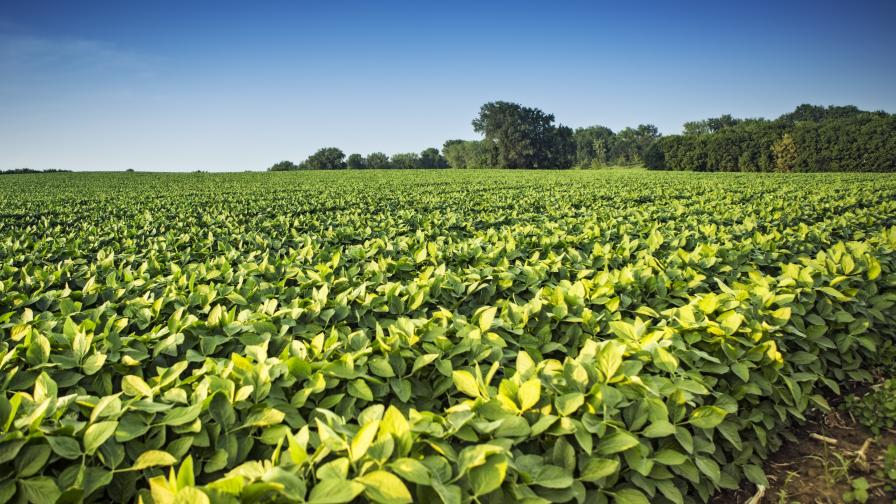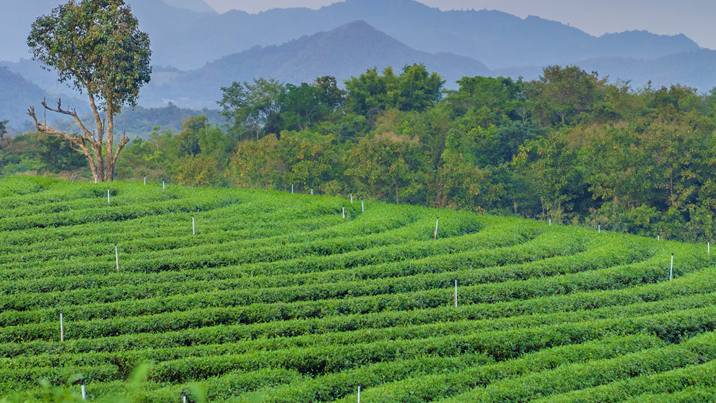Fertilizer In Flux
Issues related to the global food supply and food inflation actually have been building for more than a decade.
Sticker Shock
Some have sought to place blame on biofuel production, skyrocketing oil prices, and commodity index funds. Others have tried to connect higher fertilizer costs to the rising price of food. While food and fertilizer are inextricably linked, the impact of higher nitrogen, phosphate, and potash (NPK) on consumer prices is minor — in the US, fertilizer costs represent about 2% of the total retail price of a loaf of bread; in China, it’s approximately 4% of the price of bread.
Rising prices for crop commodities are driven primarily by increasing global demand for food. Grain consumption has outstripped production in eight of the last nine crop years, including an anticipated shortage in the current year.
While the “sticker shock” is uncomfortable, it is necessary. Stagnant global prices from 1982-2006 for the three major crops — wheat, corn, and soybeans — gave farmers and governments little motivation to increase crop production or to invest in expensive infrastructure, such as the storage facilities and roads needed to meet future global demand growth. Similarly, little funding was available to drive agricultural research to help boost crop productivity. As a result, growth rates in major crop yields dropped from approximately 2.3% per year in the 1960s and 1970s to just 1.1% this decade.
Global Changes Add Pressure
The world’s population grew from 4.5 billion in 1980 to 6.7 billion in 2007. The United Nations projects a further 40% increase by 2050, to 9.2 billion.
Additionally, the economies of many developing nations are growing rapidly. China has approximately 20% of the world’s population, and its GDP (Gross Domestic Product) has grown by an average of 10% annually over the past 15 years. India has 15% of the world’s population and a GDP growth rate in excess of 8%. More people in more countries able to buy more and better food create unprecedented competition for the global grain supply.
While biofuel production has also grabbed headlines in the food vs. fuel debate, only 5% of the world’s grain is used for energy. The 95% used for food remains the driver of demand and priority for farmers and fertilizer producers.
This situation is not expected to abate. With demand for coarse grains growing by about 30 million tonnes per year, it will take a record crop every year just to meet the current global demand for food.
The world’s grain stocks-to-use ratio has dropped to 14.5%, the lowest level on record. Current inventories would feed the world for less than two months. Accordingly, the tightening supply/demand balance has driven prices for wheat and coarse grains higher. It is also having an impact on crops such as soybeans, as acres that might have been planted to soybeans are being used to grow other crops, tightening supply. The price of many crops such as rice, coffee, bananas, cocoa, and palm oil are also increasing.
Grow More Food, Ease Inflation
One option is to bring more land into production; however, little new acreage is available, which means forests and recreation areas would have to be converted to farm land. Infrastructure would also need to be developed, delaying production by several years.
A more expedient and sustainable alternative is to improve yields by correcting inadequate fertilization practices of farmers in many countries. Scientific fertilizer application recommendations specify that nutrients removed from the soil by the growing crop must be replaced. Balanced crop nutrition is the key — a deficiency in just one nutrient will result in a crop that fails to achieve its yield potential. Around the world, years of inadequate fertilization have failed to replace the nutrients, leaving crops unable to supply global needs.
While fertilizer application rates have increased, deficiencies have developed over many years, and restoring nutrients to optimum levels will take time.
Demand Also Rises
Increasing demand for fertilizer has significantly tightened supply. Producers are increasing operating rates and adding capacity, but pressure on supply is not expected to be relieved in the near-term.
The impact of fertilizer costs on consumer food prices is relatively small, and higher prices for crop commodities and fertilizers are necessary to correct the shortfalls. Higher crop prices have provided many farmers with the additional income needed to buy more fertilizer. Higher prices for fertilizer give producers the capital and incentive to bring on new production.
It is not expected that the current tight supply/demand balance for NPK will soften before the end of 2009 and tight markets — particularly in potash — are expected to continue beyond that point.
Farmers will continue to increase crop yields to capture the value of higher commodity prices. To achieve that, they will need more fertilizer. Ultimately, this should increase food supply and more sustainable agriculture production.





